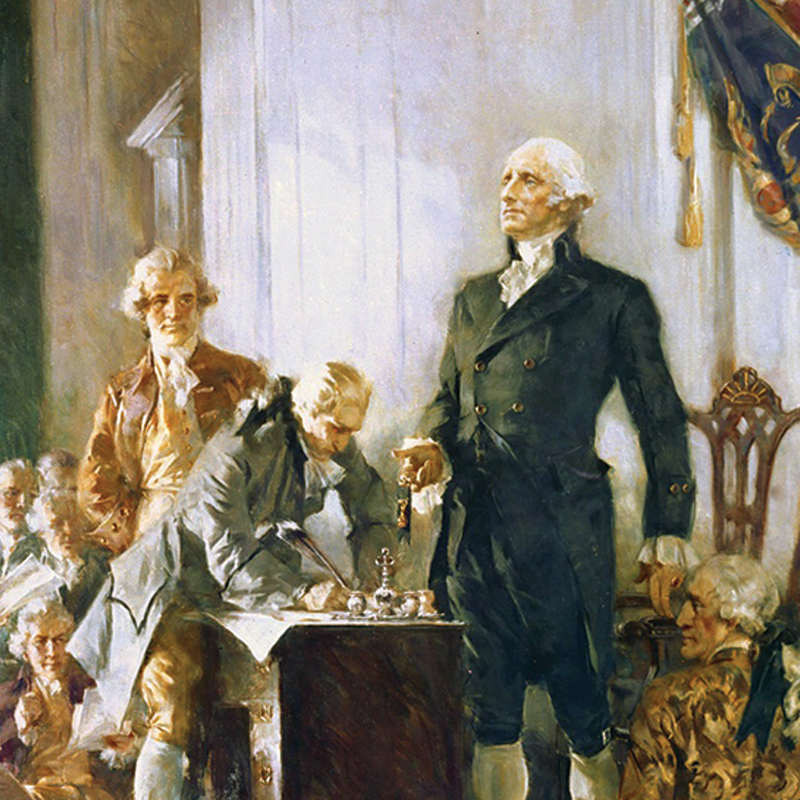Selected Publications
Books
Lee Epstein and Andrew D. Martin. 2014. An Introduction to Empirical Legal Research. Oxford University Press.
Barry Friedman, Andrew D. Martin, Tom Clark, Margaret H. Lemos, Allison Orr Larson, and Anna Harvey. Judicial Decisionmaking. Book manuscript in preparation.
Articles
Thomas B. Bennett, Barry Friedman, Andrew D. Martin, and Susan Navarro Smelcer. 2018. “Divide & Concur: Separate Opinions & Legal Change.” Cornell Law Review. 103: 817-877. [LINK]
Rebecca L. Brown and Andrew D. Martin. 2015. “‘Rhetoric and Reality’: Testing the Harm of Campaign Spending.” New York University Law Review. 90: 1066-1094. [PDF]
Peter Wiedenbeck, Rachael Hinkle, and Andrew D. Martin. 2013. “Invisible Pension Investments.” Virginia Tax Review. 32: 591-702. [LINK]
Michael J. Nelson, Rachel Paine Caufield, and Andrew D. Martin. 2013. “OH, MI: On Empirical Examinations of Judicial Elections.” State Politics & Policy Quarterly. 13: 495-511. [PDF]
Rachael K. Hinkle, Jonathan Shaub, Emerson Tiller, and Andrew D. Martin. 2012. “The Execution of Judicial Discourse: A Positive Political Theory and Empirical Analysis of Strategic Word Choice in District Court Opinions.” Journal of Legal Analysis. 4: 407-444. [PDF]
Project Sites
A number of ongoing or past projects have project-specific websites. Four of current interest include:
The Supreme Court Database. This website contains a modernized version of the Spaeth Supreme Court Database. The site allows users to access the underlying data without the use of statistical software. The site also distributes binary versions of the data, and supports a significant project to backdate the entire collection from the Founding forward.
The EEOC Litigation Project. This project collects and analyzes data on federal court litigation brought between 1997 and 2006 by the Equal Employment Opportunity Commission (EEOC). The data capture various aspects of the agency’s litigation activities, including detailed information regarding the participants, motions, events, and outcomes.
Martin-Quinn Scores. Measuring the relative location of U.S. Supreme Court justices on an ideological continuum allows us to better understand the politics of the high court. In addition, such measures are an important building blocking of statistical models of the Supreme Court, the separation of powers system, and the judicial hierarchy. This website contains the so-called “Martin-Quinn” measures of judicial ideology developed by Kevin M. Quinn and me. The “Martin-Quinn” scores are estimated for every justice serving from the October 1937 term to the present.
The Supreme Court Forecasting Project. This project involved a friendly interdisciplinary competition to compare the accuracy of the different ways in which legal experts and political scientists assess and predict Supreme Court decision making. Legal scholars and political scientists have engaged in much debate about why the Supreme Court decides cases as it does, but this ongoing discussion is almost always retrospective in nature — that is, scholars apply competing explanatory frameworks to existing Supreme Court decisions from the recent or not-so-recent past. To invert the temporal link, during the Court’s 2002 term, we conducted a study where we predicted the outcome of each argued case. Two methods of prediction were used, and we compared their relative accuracy. The results of the study have been published in the Columbia Law Review and Perspectives on Politics. We contrasted a statistical forecasting model (based on information derived from past Supreme Court decisions and certain characteristics of each pending case) with forecasts provides by legal experts (each of whom is an expert in some area of the Supreme Court).


